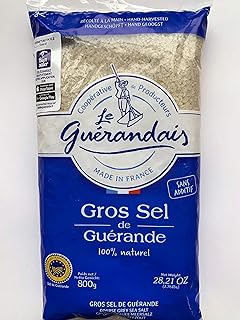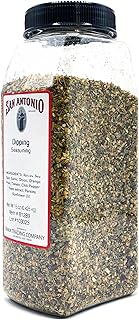5 important factors worth considering when looking for the best dipping olive oil
When you’re buying dipping olive oil, it’s important to think about certain things that can make a big difference in how your food tastes. The type of olives, where they’re grown, and the flavor all play a part in how good the oil is. By paying attention to these important details, you can open up a world of possibilities to make your meals even better. Knowing about dipping olive oil lets you learn more and make better choices, so you can enjoy this important ingredient in the best way possible.
See our guide to the best dipping olive oil.
Quality of olive oil
When choosing the best dipping olive oil, quality should be your top concern. A high-quality olive oil can greatly enhance your dining experience and improve the flavor of your dishes. The unique taste, freshness, and richness that comes from top-notch olive oil is unmatched. It’s important to understand that not all olive oils are the same, and investing in a quality product can have a big impact on both the taste and health benefits.
One way to ensure high quality is to look for olive oils with certifications like PDO (Protected Designation of Origin) or PGI (Protected Geographical Indication). These certifications ensure that the olive oil meets strict production standards and comes from a specific region known for its great olive oil. Also, check the harvest date and choose oils from the most recent harvest for the freshest flavors. When it comes to dipping olive oil, never compromise on quality – it is essential for a truly amazing culinary experience.
Flavor profile
When choosing dipping olive oil, focus on the flavor to enhance your meals. Quality olive oil can make any dish better, whether you like a strong, spicy taste, a light, fruity flavor, or something in between. The oil’s flavor should match the food you’re eating with it for the best experience.
Trying different flavors of dipping olive oil can be fun and let you explore new tastes. From the tangy Tuscan oil to the smooth Spanish variety, each type tells a unique story that can remind you of Mediterranean olive groves. Investing in a good olive oil that you like can make your meals richer and more enjoyable, turning a simple snack into a special treat for your taste buds.
Source/origin of olives
When choosing a high-quality dipping olive oil, it’s important to consider where the olives come from. Olive oils from reputable regions like Italy, Greece, and Spain are known for their exceptional flavor and quality. These countries have a long history of olive oil production and produce olives with unique characteristics due to their fertile soil.
Knowing the source of your olives allows you to track how the olive oil was made and ensure it meets high quality standards. By selecting olive oils made from olives grown in well-regulated and sustainable environments, you not only improve your culinary experience but also support ethical and eco-friendly practices in agriculture. Understanding where your olives come from gives you confidence in the quality and authenticity of the olive oil you’re using, connecting you to the land and the people who cultivated the olives.
Ultimately, embracing the origins of your dipping olive oil enhances the enjoyment of your culinary experience. It adds a layer of depth and appreciation to every drop, making your journey through flavors more delightful.
Acidity level
When choosing a dipping olive oil, the acidity level is important for determining the flavor and quality. Picking an oil with lower acidity not only improves the taste but also shows it was made well. Low acidity means the olives were picked at the right time, leading to a smoother taste. These oils also have more antioxidants and nutrients, which can be good for your health.
On the other hand, oils with higher acidity might taste sharp and tangy, which can be too strong. This usually means the oil was made with lower quality olives or not handled well during production. While some people like the strong taste of higher acidity oils, it’s important to think about how it fits with your meal. Overall, choosing an olive oil with lower acidity levels will give you a better dining experience, celebrating quality and authentic flavors.
Price
When you’re looking to buy dipping olive oil, the price is important. You need to find a good balance between quality and affordability. While it might be tempting to choose the cheapest option, remember that better olive oils usually cost a bit more. Spending a little extra on a high-quality oil can make your meals taste better and feel fancier. Think of it as a way to make your food more enjoyable, not just a cost.
But just because an oil is expensive doesn’t mean it’s the best. It’s important to do some research, read reviews, and try different oils before choosing based on price alone. Sometimes, you can find great oils at a fair price that taste just as good as the pricier ones. When it comes to buying dipping olive oil, consider your budget, but focus on getting good quality to make sure you have a great dining experience that excites your taste buds and makes your meals even more special.
Conclusion
In the world of food, there are many oils to choose from for dipping and cooking. Olive oil is a popular and versatile option because of its delicious taste and health benefits. It can be used for dipping bread, dressing salads, or adding flavor to dishes, giving any meal a Mediterranean flair. Dipping bread in olive oil is not just about the taste, but also about honoring tradition and staying healthy. Each dip connects us to the long history of olive oil production and reminds us of the importance of preserving cultural practices. In a world that is always changing, something as simple as dipping bread in olive oil can help us stay connected to our past, enjoy the present, and look forward to a flavorful future. Want more info on dye sublimation printers, check the best dye sublimation printers.


